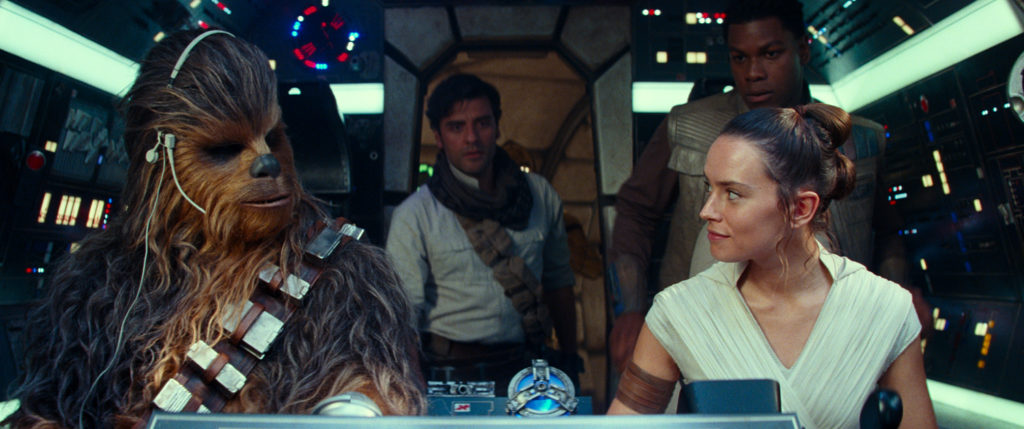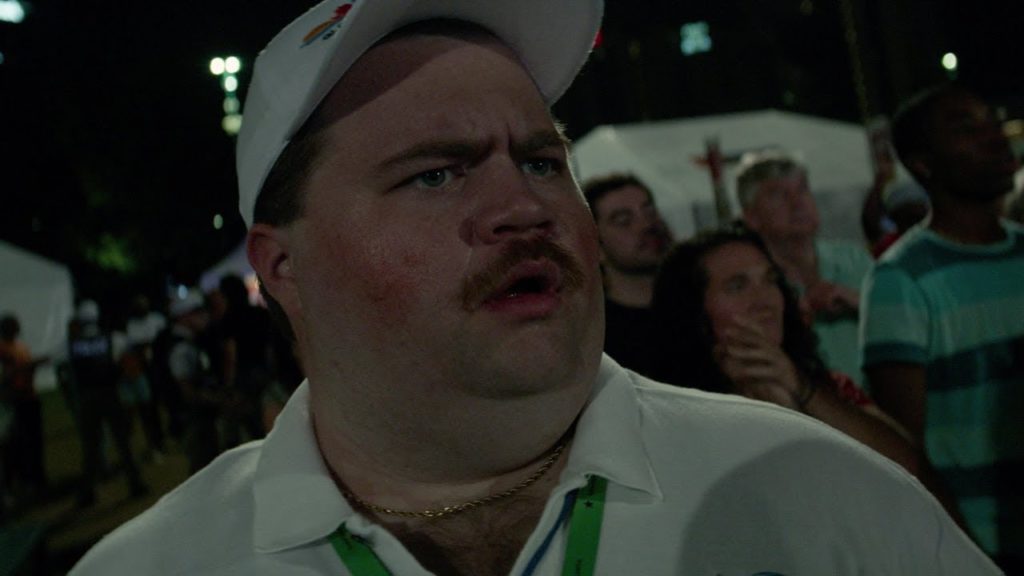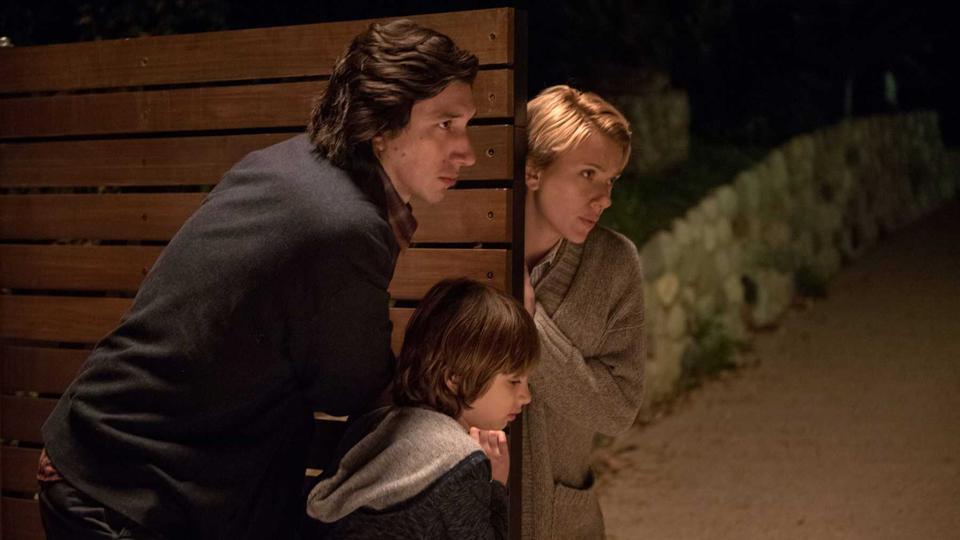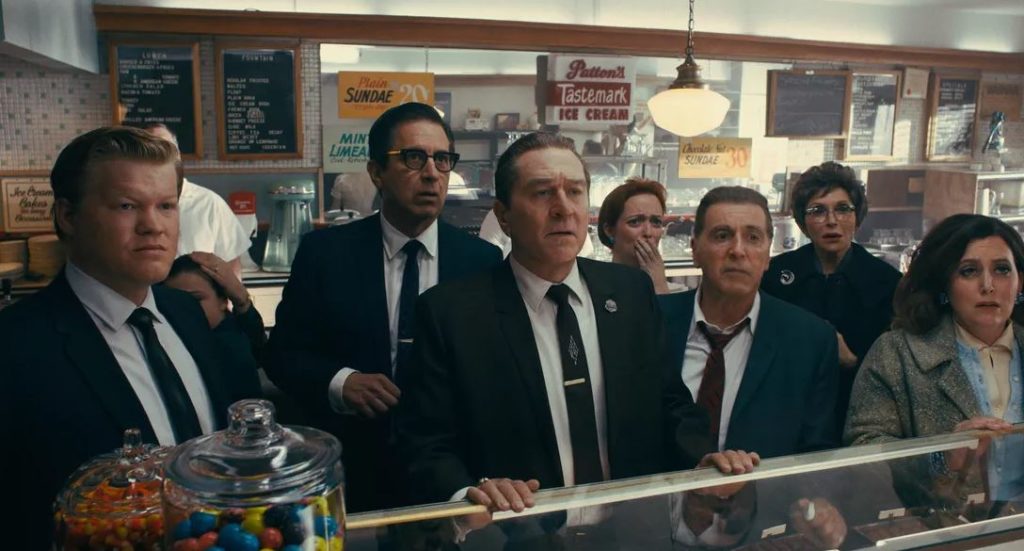Star Wars: The Rise of Skywalker: Racing to the End, and Backpedaling from the Middle

Helmets matter in Star Wars. The Walt Disney Company knows this; The Mandalorian, the flagship series of Disney’s new streaming service, begins each episode with a retrofitted logo, a montage of recognizable head coverings from our favorite faraway galaxy. J.J. Abrams knows it too. So when an early scene in The Rise of Skywalker, the ninth and (supposedly) last entry in the Star Wars saga, features Kylo Ren (Adam Driver) donning a re-forged black mask—the same mask that he destroyed in a fit of pique one film ago—it is impossible to miss the metaphor. Every modern franchise production must to some extent honor the loyalty of its patrons, but The Rise of Skywalker exhibits a peculiar brand of fan service. It appears designed to cater not to Star Wars enthusiasts at large, but to the small and vocal sect of devotees who adored the seventh episode, Abrams’ The Force Awakens, yet who simultaneously despised its follow-up, Rian Johnson’s The Last Jedi. If Johnson wielded spunk and irreverence to blow the franchise template to bits, Abrams deploys nostalgia and traditionalism to put the pieces back together.
This is not all too easy. Just as that reconstructed helmet still shows visible cracks, The Rise of Skywalker is a seamy and uneven movie, laboring to bring the saga to a stirring close while also frantically course-correcting toward a more conventional version of the Star Wars mythos. Rather than boldly exploring new worlds (whoops, sorry, wrong franchise), it retreats inward, taking refuge in the safe and familiar. This is disappointing, but it is far from devastating. Abrams’ narrative choices may border on cowardly, but he remains a skillful supplier of big-budget imagery and exciting conflict. That he lacks Johnson’s daring and imagination has not precluded him from making another boisterous adventure, with moments of glorious spectacle. Read More




